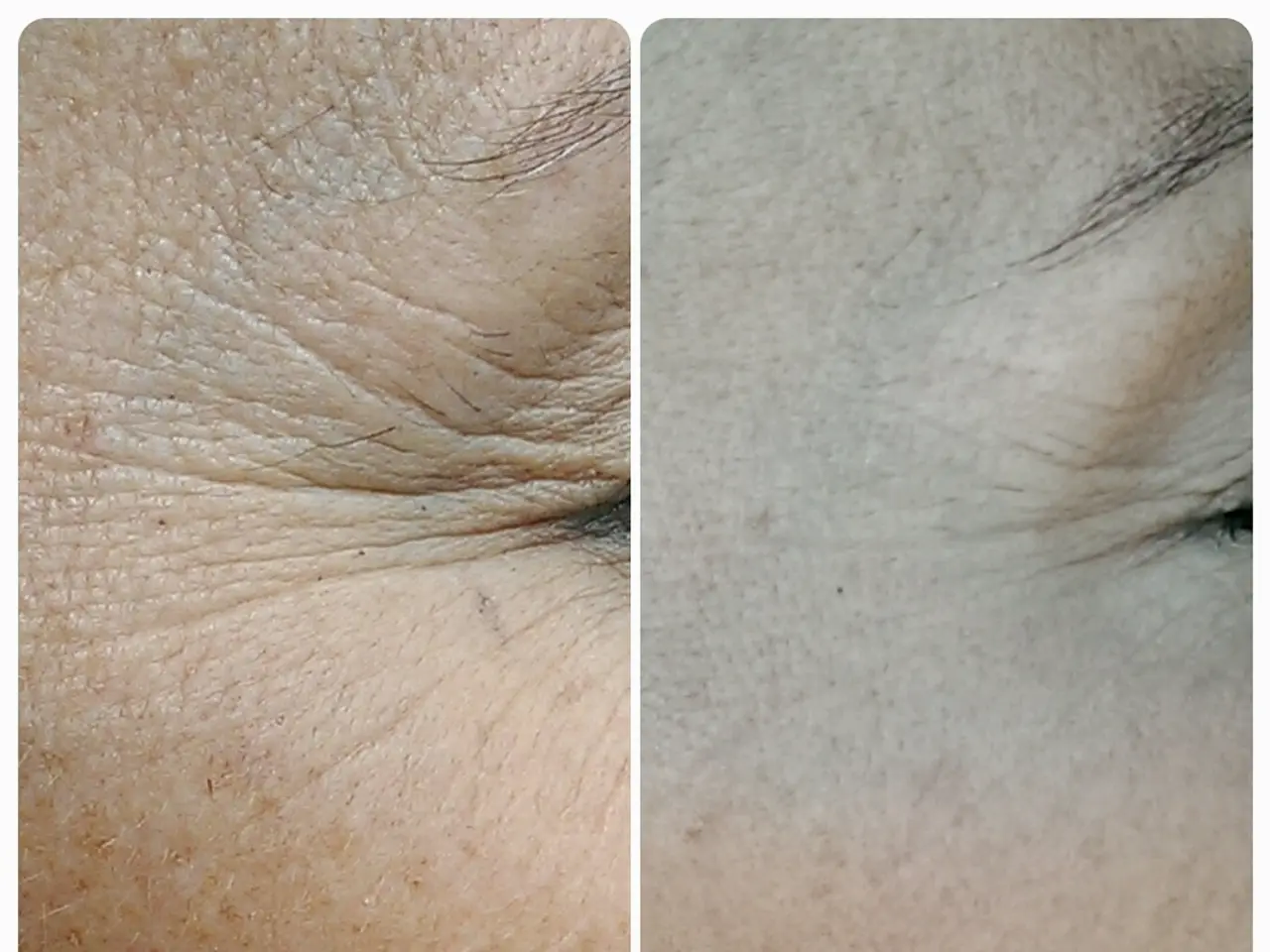Skin Tags - Understanding their Causes, Treatment Options, and Potential Red Flags
Skin tags, known medically as acrochordons, are small, pendant-like growths that typically measure between 1 mm and 1 cm. These harmless and non-cancerous skin growths are composed of collagen and blood vessels surrounded by skin. They may appear as small, soft, flesh-colored bumps or have a slightly darker pigmentation. Acrochordons often have a fine stalk attaching them to the skin.
Acrochordons tend to appear in areas where skin folds or rubs against itself. This can include underarms, neck, groin, and around the eyelids. Skin irritation may play a role in their development. Maintaining a healthy weight can help reduce the risk of developing skin tags. However, certain factors such as obesity, pregnancy, diabetes, genetics, and aging can increase the probability of acrochordons.
While acrochordons are generally painless, they can become irritated, painful, or bleed if they rub against clothing or jewelry. If a skin tag is painful, develops rapidly, or if you're unsure if it's a skin tag or another type of growth, it's recommended to consult a dermatologist. Similarly, if a skin tag changes shape, color, or bleeds, it should be evaluated by a dermatologist.
There are several medical removal methods for skin tags, including cryosurgery, electrocautery, surgical excision, ligature, and radiowave. Home removal methods are also available, but it's important to note that these methods may not always be safe and effective. Home removal methods include skin tag removal bands and patches, acne creams, cryokits, and natural remedies like tea tree oil, apple cider vinegar, and iodine.
Prevention measures include practicing good hygiene, avoiding tight clothing and jewelry, and regularly examining your skin. Persons with obesity, diabetes mellitus, metabolic syndrome, pregnant women, and those of older age have an increased probability of developing acrochordons. It's recommended to consult a doctor if a skin tag changes in appearance, becomes painful, irritated, or bleeds, or is located in sensitive areas.
In conclusion, while acrochordons are generally harmless, they can cause discomfort and may be a sign of underlying skin issues. By understanding the characteristics of skin tags, practicing good skin care, and seeking professional advice when necessary, individuals can manage these common skin growths effectively.








